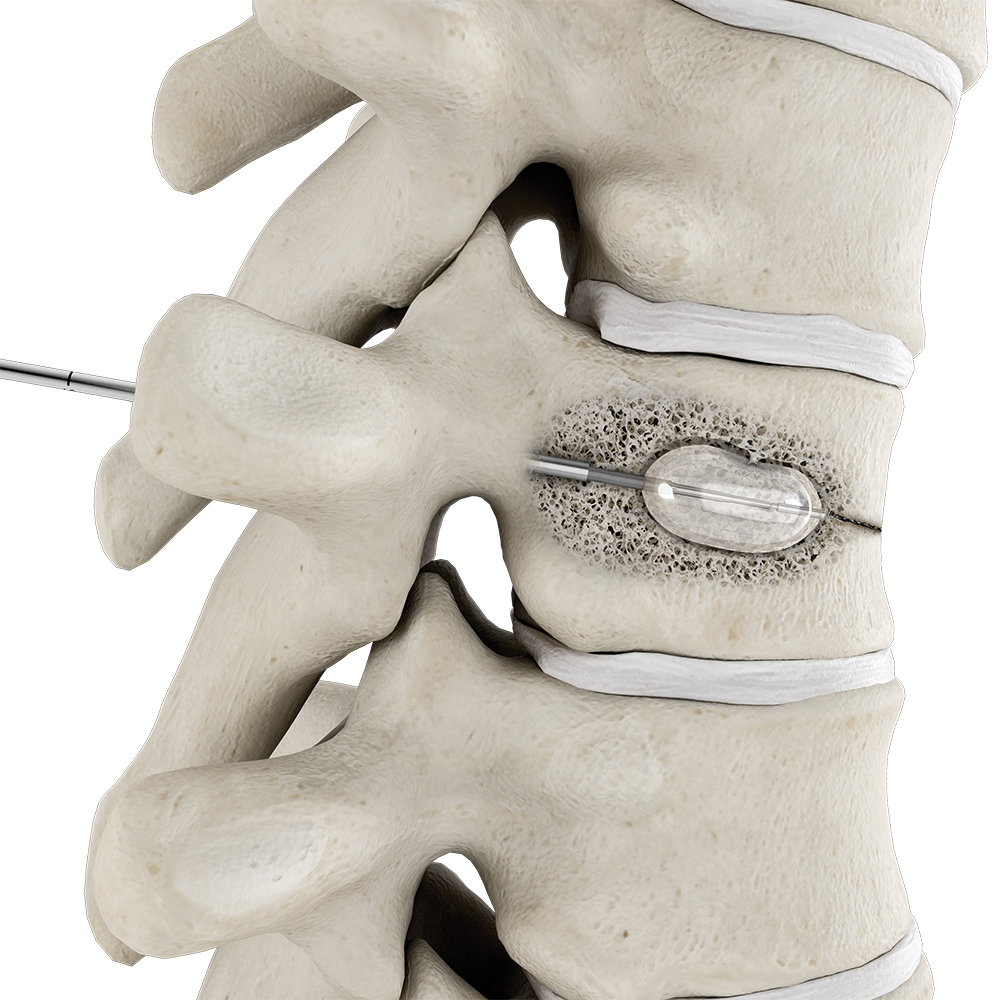
Balloon kyphoplasty
Treating spine fractures can save lives
A study of over 850,000 Medicare VCF patients predicted that median life expectancy was 2.2 to 7.3 years greater for operated than non-operated patients.3
Benefits of balloon kyphoplasty
A study of over 2,000,000 Medicare VCF patients showed that only 15 patients need to be treated with kyphoplasty in order to save a life at one year compared to nonsurgical management.5
Treat patients with a high degree of success
The overall success rate for vertebral augmentation in treating osteoporotic fractures is approximately 85% to 90%.6 Patients experience:
Early diagnoses make all the difference
Acute and chronic pain in the elderly is commonly attributed to VCFs, often leading to further health deterioration in a “downward spiral” and a loss of independence. Because there is a substantial risk of subsequent fractures, it’s important that VCFs are diagnosed and treated early.
Procedure
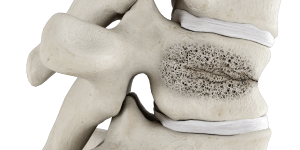
1
Guide needle into fractured vertebra using fluoroscopy.

2
Insert hand drill into the anterior third of the vertebral body to create a pathway.
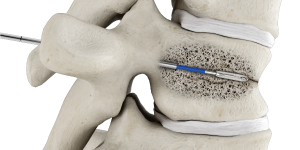
3
Insert balloon catheter into the fractured vertebra.
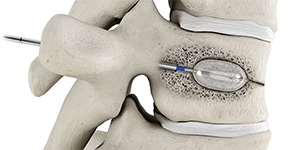
4
Inflate balloon, compacting the trabeculae and creating a cavity.
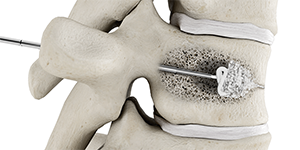
5
Once the balloon is deflated and withdrawn, fill the cavity with bone cement.

6
Stabilized vertebral body.

